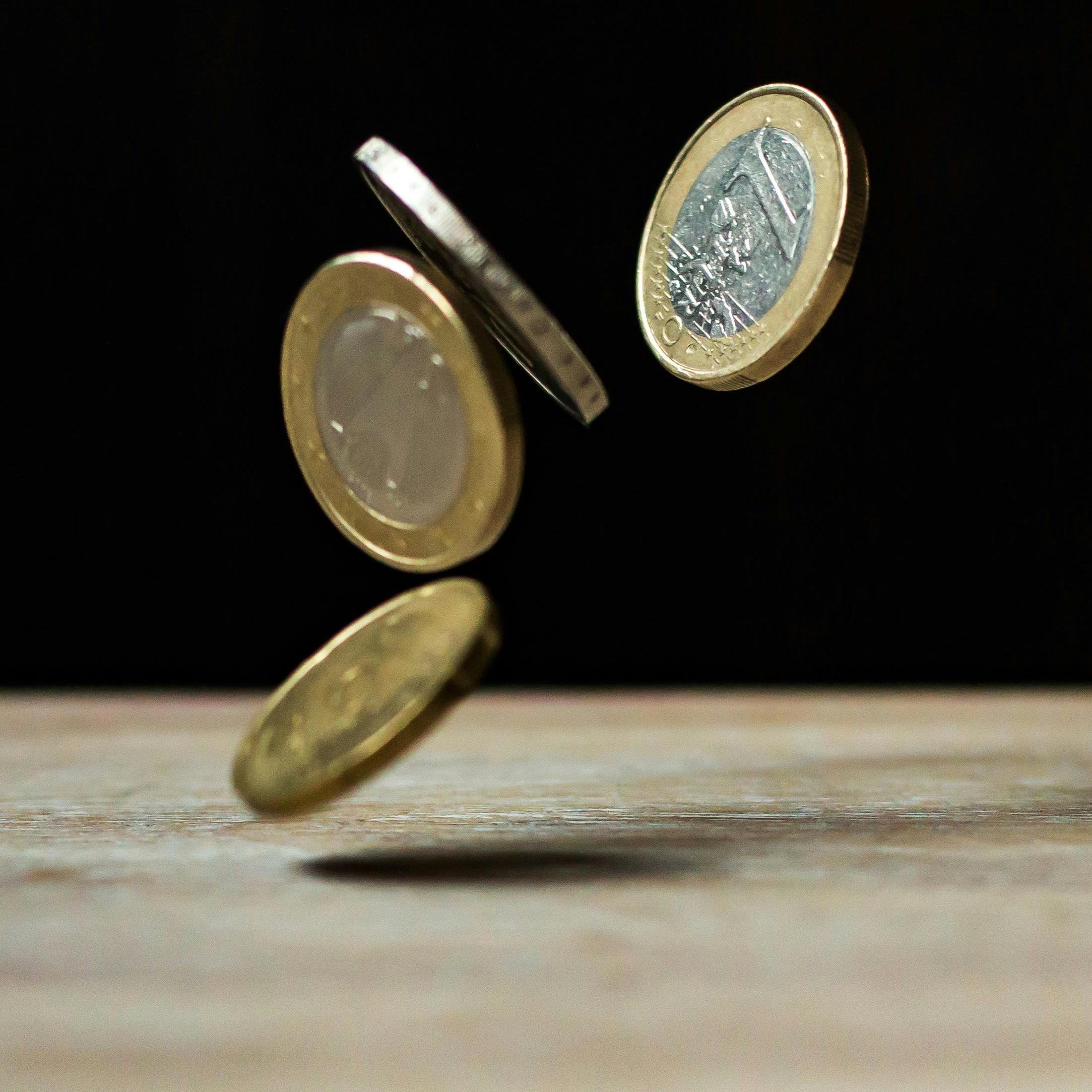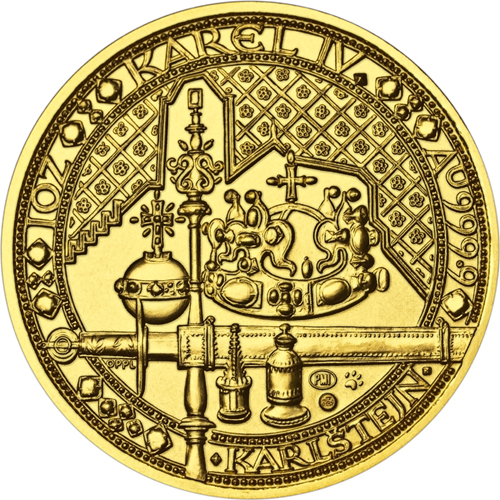New Ideas For Plaster Prague Mint Medals
New Ideas For Plaster Prague Mint Medals
Blog Article
What Are The Methods Used By High-Precision Cnc Machine Tools Carve Designs Into Master Hubs Or Dies To Strike Gold And Medals? Coins?
High-precision CNC machines (Computer Numerical Control) are vital for the creation of dies or master hubs, to strike gold coins or medals. Here's a brief outline of CNC Programming.
The CAD software (Computer Aided Design) is utilized to create an electronic 3D model of a medal or coin design.
The software CAM (Computer Aided Manufacturing) generates instructions and toolpaths for CNC machines by using a 3D model.
The Selection of Die Material
CNC machining of dies and master hubs are performed using durable materials such as brasses, steels and alloys that have been hardened. These materials are able to withstand extreme pressure striking processes, and provide accurate reproduction of the designs.
Fixtures and Setup
To ensure accuracy The material is securing on the worktable of the CNC machine or vice. Proper fixturing is essential to prevent vibrations or movement when machining.
CNC Machining Process-
CNC machines use end mills and ball mills as cutting tools to cut designs into master hubs and dies.
The CNC machine uses the toolpaths programmed, removing the material with precision from the blank block of material in accordance with the 3D model specifications.
Cutting tools of different sizes and types are used to create different depths, contours and details on the medal or coin.
The machining process is highly precise, with the CNC machine's movements controlled by computer-generated algorithms, ensuring precision to the micrometer level.
Refinement and finishing
After the initial machining process is completed, the die or master hub undergoes further refinement.
Smoothing, polishing, and detailing by hand or with specialized tools will ensure that the surface finishes meet the standards required.
Quality Control, Inspection and Testing
The finished master hub or die is subject to strict inspection using measurement instruments such as gauges, micrometers or optical measuring instruments to confirm the precision and compliance with the design specifications.
Treatment and hardening (optional).
Some dies undergo further treatments like the hardening process and other surface treatments to increase the endurance during the process of the process of striking.
The precision and capabilities of CNC machines allow for the accurate replication of intricate designs on master hubs or dies. These dies are the essential tools for making gold medals and coins that have consistency, accuracy and fine detail. Take a look at the top CNC Machining Czechoslovakia gold medals more recommendations including five dollar gold piece, 1933 double eagle, gold price apmex, gold coin with angel on both sides, gold and coin dealers near me, gold coin store near me, gold eagle, bullion bars gold, american eagle gold coin 1 oz, order gold coins and more. 
What Is The Purpose Of Using Vacuum Hardening On Dies To Make Gold Coins Or Medals?
To harden dies for gold coinage or medals, they are subjected to controlled temperatures inside the vacuum oven. This article provides a quick overview of the process for forming a vacuum.
The dies used for striking coins or medals are made by ensuring they are free of any residues or contaminants.
Loading in Vacuum Furnace
The dies go into the vacuum chamber.
Evacuation of Air-
Vacuum furnaces draw air out of chambers, creating a non-oxygen space. This is done to avoid the formation of oxidation and to guarantee uniform heat treatment.
Heating Phase
The furnace is then heated to the desired temperature to harden the dies. The range of temperatures is determined by the type of material and the process of hardening.
Soaking at high temperatures
The dies are kept at the elevated temperature for a specific time, allowing the material to reach and maintain the desired hardness and the metallurgical structure.
Cooling and Quenching
After soaking and the dies are then cooling or quenched by using special methods. This rapid cooling process locks in the required strength and hardness in the material.
Tempering (Optional).
In certain cases, process of hardening can be followed by a tempering procedure. Die dies are heated to a lower heat to lessen internal stress and increase durability, while preserving hardness.
Quality Control and Inspection-
Dies with hardened material must undergo rigorous quality control and inspections to ensure they achieve the desired strength, hardness or tolerances.
Post-Treatment Handling-
The dies will be processed further, such as polishing or coating prior to being used to create the coins or medals.
The vacuum-hardening process enhances the strength, durability as well as the resistance to wear and life expectancy of the dies that are used to create coins or medals. This process, which creates an environment free of airborne pollutants, assures that the dies are honed consistently and reliably, contributing to both the quality and durability of the products. Check out the most popular vacuum hardening Prague Mint gold coins blog recommendations including 1 oz gold, gold medals, gold and silver coins, euro coins, 1 10 oz gold eagle, 1 ounce of silver, buy silver & gold, coin gold bullion, silver nickel, twenty dollar gold coin and more.
How And Why Is It Possible To Achieve Certain Textures Or Finishes, Such As Matt Or Textured Surfaces?
Sandblasting is a process employed to produce specific finishes or textures that include matte or textured surfaces, on gold medals or coins. How and why do we use this method?
Surface preparation - The medal or medal is put in a cabinet, chamber or nozzle connected to an air compressor. Abrasive materials are usually contained within the chamber.
Abrasive Material Select - Abrasive particles like glass beads, aluminum oxide, silica carbide and sand are launched at high speed to the surface.
High-Pressure System- The abrasive powders are pushed onto the surface with compressed air, or other high-pressure systems. The finish or texture will be determined by the force and speed with which particles strike the surface.
Texture creation. The effect of abrasives on a surface changes the surface topography to produce a rough, matte finish. This technique is employed to create a specific roughness in certain areas or to create an even texture over the whole surface.
Controlled Application - Sandblasting's intensity, duration, and angle of application are all controlled to produce various designs or textures. Different pressure levels and abrasives yield different results.
Reasons for Sandblasting
Texture Variation Sandblasting is an excellent method to create different textures or finishes on medals and coins such as polished or frosted surface. It adds visual appeal and distinct qualities.
Aesthetic Enhancement - Sandblasting alters the surface appearance, diffusing light reflection and diminishing shine, which may enhance the appearance of the coin or medal's appeal. Matte finishes, like can highlight certain features of the design by reducing the glare.
Sandblasting properties to reduce glare - Through using sandblasting techniques, a smooth or matte surfaces can be made. This helps reduce glares as well as reflections. The medals and coins are then more attractive and easy to read with no light interference.
Sandblasting Produces Contrasting Design Elements Sandblasting creates contrast between the polished and the texture areas on the medals or coin, emphasizing specific design elements or creating visual depth.
Sandblasting can be customized, which includes artistic expression, as well as the creation of unique medals or coins with finishes or textures that are customized to meet certain design requirements.
Sandblasting, an incredibly versatile technique employed to create different designs and finishes for the surface of medals or coins. It increases the aesthetic appeal, visual appeal and overall appearance. Take a look at the most popular sandblasting Prague Mint gold coins website advice. including gold american eagle price, gold eagle coin price, gold bullion, gold buffalo, 1 0z gold price, ebay gold coins, 1 10 oz gold coin, 1 0z gold, krugerrand, buy gold pieces and more.
What Happens When Gold Coins Or Medals Go Through Quality Inspections To Ensure Adherence To Specifications?
Coins or medals made of gold that are minted go through a series of quality checks. This is to make sure they meet the specifications and are precise, as well as having good surfaces. The checks are comprised of several steps.
The trained inspectors inspect each coin or medal to identify any surface defects such as blemishes or scratches. They look for any imperfections, like scratches, marks or irregularities.
Dimensions and Weight
Every coin or medal is measured and weighed to ensure it meets the weight size, diameter, thickness and overall dimensions according to the specifications of the design. Any deviations may indicate a problem with the quality.
Metal Purity Composition
Quality checks involve confirming the purity and gold content of the coins or medals by using various methods of testing, such as X-ray fluorescent (XRF) analysis, or chemical assays. The gold content of the coins or medals is examined to make sure they are in compliance with the quality and quantity requirements.
Edge Inspection
Inspectors inspect the edges of the medal for uniformity, reeding and any irregularities. The edges of the coin or medal is an important area for adding security characteristics as well as design features.
Strike Quality
The quality of the strike including the sharpness and clarity of the design's details, relief and overall appearance is evaluated to ensure consistency across all minted pieces.
Proofing and Minting errors-
Special editions and proof coins are subject to a thorough examination in order to find any imperfections, errors or discrepancies that could impact their value as collectibles.
Packaging and presentation
The quality checks also extend to the presentation and packaging of coins or medals, making sure that they are properly encapsulated, stored or presented in cases or holders that are free of any damage or contamination.
Random sampling, random checks
Random checks or sampling are carried out throughout batches to ensure the quality standards are maintained in a consistent manner throughout the entire minting process.
Compliance and Documentation
Documentation is kept of all quality tests to verify compliance with the regulations, standards and certification requirements. These records are proof of authenticity and high-quality.
Rejection of Pieces that aren't Conforming
To ensure the quality and integrity of minted products and medals, any coins or coins that don't meet the standards are rejected or sent to be reprocessed.
In conducting these comprehensive quality checks, mints make sure that gold coin or medals conform to the requirements for quality, such as purity, accuracy of appearance and worth. They reassure collectors as well as investors and consumers. View the most popular Prague Mint gold medal quality control website recommendations. including gold coins and bullion, one oz of gold, spanish gold coins, 1 4 oz gold coin, 100 gm gold biscuit, 1 10 oz gold coin, gold and silver shops near me, 1979 gold dollar, gold bars for sale near me, $50 gold piece and more.